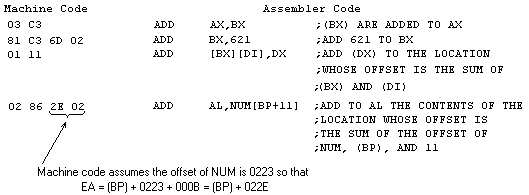
Figure 3-3 Operand formats for the addressing modes.
| Addressing Mode | Format | Examples | |||
|---|---|---|---|---|---|
| Data-related | |||||
| Immediate | Constant Expression | 10110B 529 0A9H 'AB' YY-XX+5 | |||
| Direct | Variable +- Constant Expression | WGT CNT-5 ARRY+5 | |||
| Register | Register | AX DH | |||
| Register indirect | [Register] | [BX] | |||
| Register relative | Variable[Register +- Constant Exp] or [Register +- Constant Exp] | VAR X[BX] MESG[SI+10H] [BX-1] | |||
| Based indexed | [Base register][Index register] | [BP][DI] | |||
| Relative based indexed | Var.[Base reg. +- Const. Exp][Index reg. +- Const. Exp] or [Base reg. +- Const. Exp][Index reg. +- Const. Exp] | E[BX+5][SI-2] DATA[BX][SI] [BP+2][DI-2] | |||
| Branch-related | |||||
| Intrasegment direct | Label +- Constant Expression | OVFL_ERROR+7 | |||
| Intrasegment indirect | Same as data-related formats except cannot be immediate | ||||
| Intersegment direct | Label +- Constant Expression | BRANCH_EXIT | |||
| Intersegment indirect | Same as data-related formats except must not be immediate or register | ||||
Figure 3-4 Typical assembler language instructions.

assume that
This is page 23.